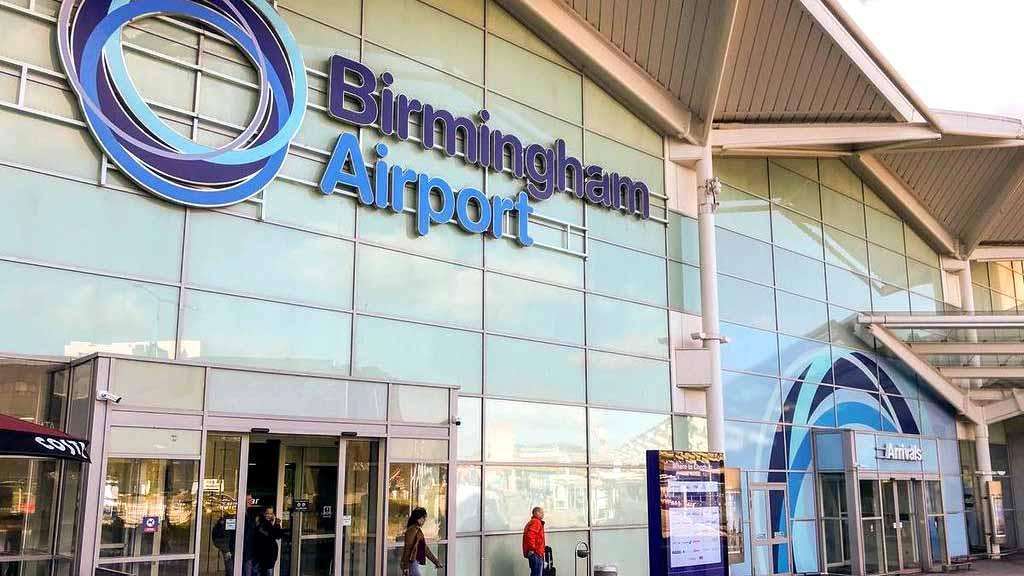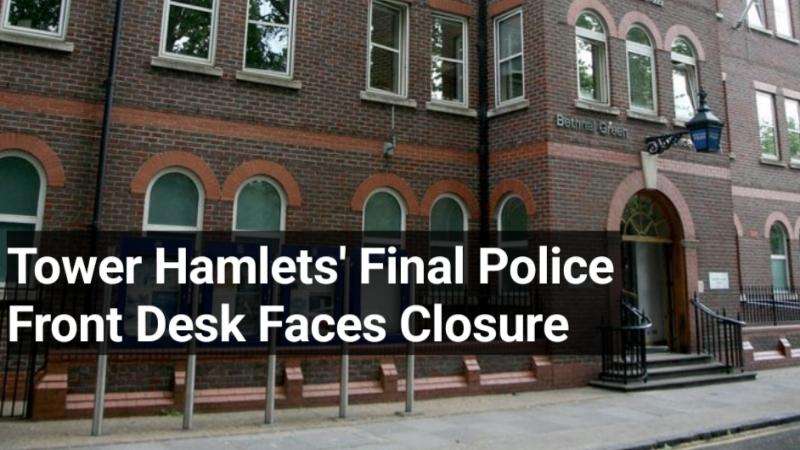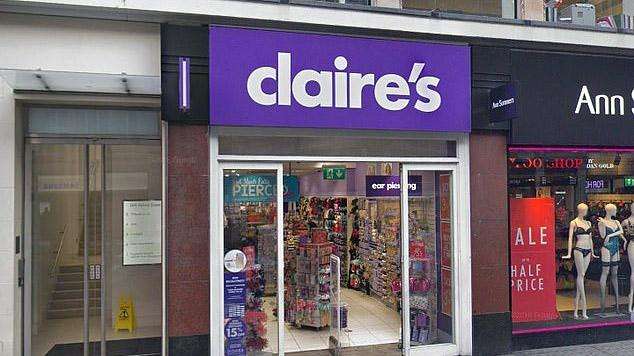An iconic Banksy artwork, "Yellow Lines Flower Painter," has become the subject of a high-stakes legal battle, pitting an East London club against its former associates following the mural's controversial removal and appearance for sale in the United States.
The 2007 piece, gracing the exterior of Bethnal Green Working Men’s Club, depicts a weary worker beside a vibrant flower blooming from double yellow lines – a quintessential Banksy commentary on urban life and unexpected beauty. However, its quiet existence was shattered when it resurfaced in Colorado, listed for sale, prompting outrage and legal action from the club’s trustees.
According to reports from the Financial Times, the club’s trustees have launched a lawsuit against Warren Dent, a long-time events programmer for the club, and other involved parties. At the heart of the dispute is the alleged 2019 purchase of the artwork by Dent for a mere £20,000, purportedly with the agreement of then-club secretary Stephen Smorthit.
Following the alleged sale, Dent engaged art restorer Chris Bull to meticulously remove and restore the mural. Bull states the piece was subsequently loaned to his father's art gallery in Aspen, Colorado, for a 2024 exhibition, a move he claims was agreed upon after a meeting with Dent and "three members of the club."
Crucially, before its transatlantic journey, the artwork received an insurance valuation of approximately £557,000 – a staggering increase from its alleged purchase price, highlighting the immense value now attached to the piece.
However, a lawsuit filed last month by three of the club’s trustees – Alan Milliner, Paul Le Masurier, and Kerry Smorthit (daughter of the former club secretary) – vehemently disputes the legality of the sale. They assert that they never authorized the transaction and argue that Dent has no legitimate claim to ownership, demanding the artwork's immediate return. Bull’s company, Fine Art Restoration, has also been named in the lawsuit, though Bull maintains his company is merely in possession of the work and is prepared to relinquish it if instructed.
Analysis: The Murky World of Banksy's Street Art
This case throws a spotlight on the unique and often problematic nature of Banksy's street art. While his global recognition as an artist tackling social and political themes has sent the value of his authenticated works soaring (one piece sold for £18.6 million in 2021), murals painted directly onto public or private walls exist in a legal and artistic grey area.
A significant hurdle for the marketability of such pieces is Banksy's official authentication body, Pest Control. They famously do not provide certificates for works created on walls, a policy that drastically reduces their appeal to major auction houses and significantly impacts their market value. This was starkly illustrated last year when a Banksy mural depicting helicopters with pink bows, removed from a Shoreditch office block, failed to sell at auction despite a £500,000 estimate, precisely due to the lack of an authenticity certificate.
Furthermore, Banksy himself is understood to disapprove of his street art being removed from its original public context. While his former manager, Steve Lazarides, has previously suggested such removals are "part of the game," the artist's own stance adds another layer of ethical complexity to these transactions.
The "Yellow Lines Flower Painter" dispute underscores the urgent need for clarity regarding ownership, preservation, and the commercial exploitation of public art. As Banksy continues to create new works – with his latest possibly appearing in Marseille – the legal and ethical battles over his existing street art are likely to intensify, leaving art enthusiasts and property owners alike grappling with the question of who truly owns a piece of fleeting genius painted on a wall.







_1.jpg)
.svg)


_1.jpg)